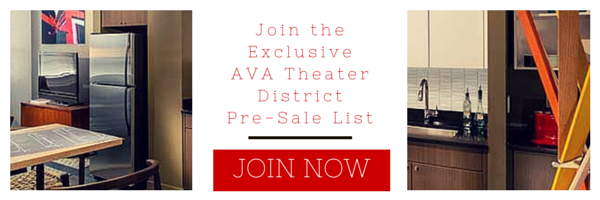3 Ways to Prevent Air Leaks in Your Home
{This is a guest post.}
One of the most common ways to lose heat or cooling in the home is with air leaks. When there are air leaks in the home, the warm heat or cool air produced by your HVAC system will remove itself from the home. If you need to get maintenance or repair, it is best to not work on the units your self and seek air conditioning repair services. This can cause your unit to work over time to reach the desired temperature in the home. Essentially, air leaks can cause your heating or cooling unit to break down after continual use which means more money spent on energy usage as well as money spent to repair or replace your existing unit. It is essential that home owners take the time to prevent air leaks so that you can enjoy the comfort your unit can bring without the extra headache. Below are a few tips on how you can fix an air leak in the home and avoid these unwanted issues.
Always ask for references before you allow anyone to start doing work on your HVAC system. Call several of them to make sure that they are legitimate. Many people take the word of the contractor when it comes to customer satisfaction and that can prove to be a mistake in the end. This commercial hvac expert has the best services available.
Windows
The windows of the home are a common area in which air leaks can occur. To test the windows of your home, you can light a candle and place it near the joints of the window. If you find the candle flickers then you will have an air leak. To fix the issue, you will need to place caulk around the window to seal the joint or visit EZ Window Solutions for more info on window replacement. The frame around the exterior of the home and the window must be filled in to prevent any air leakage. Weather stripping can also be replaced when it wears out to help the window from leaking precious heat or cooling. A foam sealant is another option for sealing the window frame which can help deter air infiltration from the outside as well as releasing air from inside the home.
Test a window for leaks by holding a lighted candle near all its joints and connections. If the candle flickers, you have an air leak. To fix air leaks, try these tactics.
Caulk around the window: Often, air leaks at a window result from a breakdown in the connection between the frame of the window and the frame of the house. To prevent leaks, caulk the window where its frame meets the exterior siding.
Replace the weather stripping: Leaks occur when weather stripping wears out. Most home centers sell replacement weather stripping in peel-and-stick rolls, if the problem doesn’t get fixed think about a bigger replacement, like some composite replacement windows.
Doorways
The entry and back doors to the home can be another area in which heat or cool air can escape the home. As your home ages it will begin to shift. This can cause the doorframe to become uneven which can lead to gaps in the door. With a gap, you can let cool air in when the winter season arrives which will cause your heating system to work overtime. Kitchens are particularly vulnerable to wind drafts because of the number of vents they have in contrast to other rooms, but a kitchen remodeling in Everett Washington can fix that.
Use the same foam sealant to fill in the frame of the door to the home. Remove the indoor casing and fill in then add the interior casing back to the door frame. You can use a pry bar to remove the casing without causing damage so you can simply apply it back to the door frame. You can also add weather stripping to care for any leaks or gaps you find in the door way. Both are easy solutions to keep your home cozy no matter what the season.
Insulation
Another common factor for home comfort is insulation. When the home is not insulated properly, you can see warm and cool air escape. Insulation can be added to the attic space to keep any air that rises from leaving the home. Insulation works for both heating and cooling the home by containing the comfortable temperature created by your HVAC system, you can visit here to get all the information!
If you lack proper insulation in the home, be sure to add in additional rolls or blown insulation to help create a barrier for a consistent temperature in the home. If you need a better HVAC system, then contact this service for air conditioning in sydney.
To learn more about sealing the home and seasonal comfort, contact your local air conditioning repair provider. You will find a qualified technician will be able to provide you with the information you need to successfully enjoy your home no matter what the season. Contact a professional today to get started learning more about air sealing and optimal home comfort.
Author Bio:
TTiffany Torbert is a HVAC technician who lives in Lewisburg PA. She loves writing blogs on Plumbing, Heating & air conditioning topics. She started blogging as a way to share her innovative ideas with people or companies involved in the HVAC industry


